Can MOVE Therapies Help Your Child?
At MOVE Therapies the method we practice is called ABM (Anat Baniel Method), and it is a learning based approach which uses gentle, innovative techniques to help the brain of the child form new neural connections and patterns.
ABM helps take the child beyond their current limitations and often the changes begin happening right away and can be quite dramatic.
The method is based on the understanding that many childhood diseases, traumas or everyday stresses interrupt the brain’s normal and spontaneous process of learning.
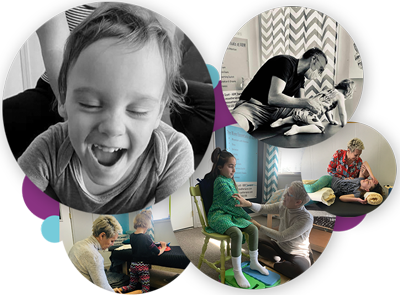
This also interrupts the communication that needs to happen between the child’s body, the child’s world, and the child’s brain. Often, it is possible to directly communicate with the child’s nervous system in very gentle, yet powerful ways, through movement, greater awareness and non-verbal kinesthetic experiences.
The Solutions Lie Within The Brain
In traditional therapies there is great emphasis on trying to get the child to do what they are supposed to be doing based on his or her age. A very different approach is taken with ABM. Instead of trying to directly fix the problem by focusing on what the child cannot do, whether that’s trying to stretch a spastic muscle, practice reading repetitively or instructing the child over and over how to relate to others, the focus is shifted to where ABM believes the solutions lie – with the brain.
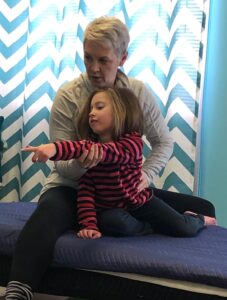 Everything we see a healthy child do is the result of a complex process of differentiation in the brain, creating new connections and new patterns. All the child’s experiences, whether by her own initial random movements or by what is done with her by those caring for her, is information used by her brain to develop and grow.
Everything we see a healthy child do is the result of a complex process of differentiation in the brain, creating new connections and new patterns. All the child’s experiences, whether by her own initial random movements or by what is done with her by those caring for her, is information used by her brain to develop and grow.
When a problem like a stroke, autism, cerebral palsy, or a genetic disorder occurs, this process is interrupted and the child manifests a host of limitations. A simple example of this would be, forcing a child to move a spastic arm – this will normally give very little, or no outcome, basically because the child hasn’t garnered the know how to move that arm without the spasticity.
The child has to learn to move the arm differently to ‘differentiate’ between the two ways and then the brain will choose the easiest or more effective way.
Another example would be when a child is unable to recognize and sort emotional and social interactions and cues, repeated attempts to get that child to relate to others is at best, only partially successful. This is because their brain is unable to take in the stimulation received – and turn it into meaningful information.
ABM focuses on helping the brain do its job better. It helps the brain right itself and regain its ability to powerfully and consistently create new patterns and successful solutions.
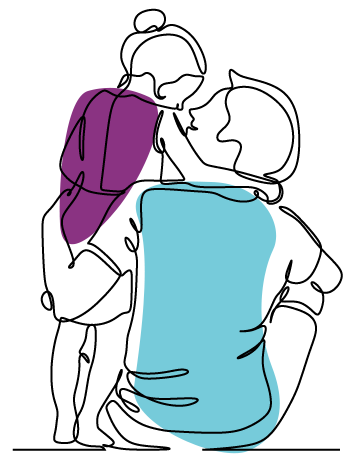
MOVE Therapies helps give your child’s mind more options for movement…
As the mind and body
are one.

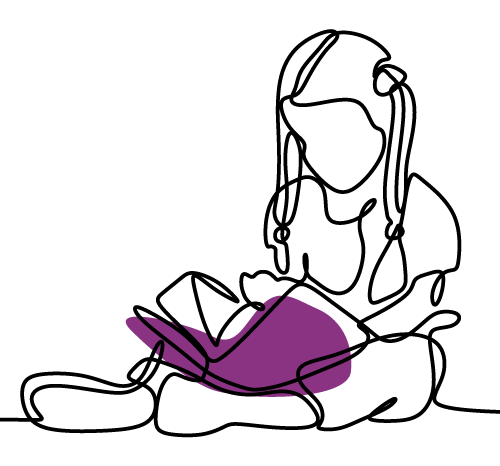
Children Intensives
What are they and what is the most ideal way to book them?
Intensives are a series of lessons given in a short period of time. For most kids we see, having 6-10 lessons that take place within a one to two week period, up to 2 lessons per day, is recommended.
Intensive provide an opportunity for kids to have transformative and permanent neuroplastic changes, particularly in children with learning delays or who are neurodiverse.
Depending on results, the intensives can be repeated on a monthly, bimonthly or less frequent basis, for ongoing growth and change.
ABM Has Helped Children With:
- Autism
- Cerebral Palsy
- Birth Injuries
- ADHD and learning disabilities
- Asperger’s Disorder
- Brachial Plexus Injury
- Brain Damage/Stroke
- Torticollis
- Down’s Syndrome
- Fragile X
- Genetic Disorders
- Scoliosis
- Stroke
- Spinal Muscular Atrophy
Parents and Caregivers note that their child:
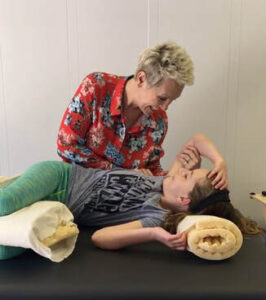
- Sleeps better
- Pays attention longer
- Makes more sounds/language
- Gains more movement and these movements are generally easier and more clearly defined
- Has an improved mood
- Has better balance/coordination
- Shows better problem solving skills
- Increases the child’s ability to handle situations that have been difficult for the child up to the present. Eg: Social situations or loud sensory environments.
When a child begins learning in this manner, significant progress often follows. Early intervention can yield very rapid results, but we have also had great successes with children who had many years of conventional treatments before discovering ABM.
What does success with a Neurodiverse child look like?
Generally there is some progress/change within the first few lessons. The changes may be subtle or dramatic, but if the child is learning, these are usually quite noticeable. Recognizing even the most subtle changes and building enthusiasm toward them will help the changes happen even faster.
The child should be safe, comfortable, and happy during their sessions. Learning is a pleasurable and satisfying experience leading to greater freedom and ease.
While the diagnosis may remain, the quality of the child’s experience and joy will increase.
For More Information On How We Can Help You MOVE Smarter
Please contact us through one of the options below.
Call: 250 535 1199
Email: leanne@movetherapies.com
Use Our Booking Tool Below: